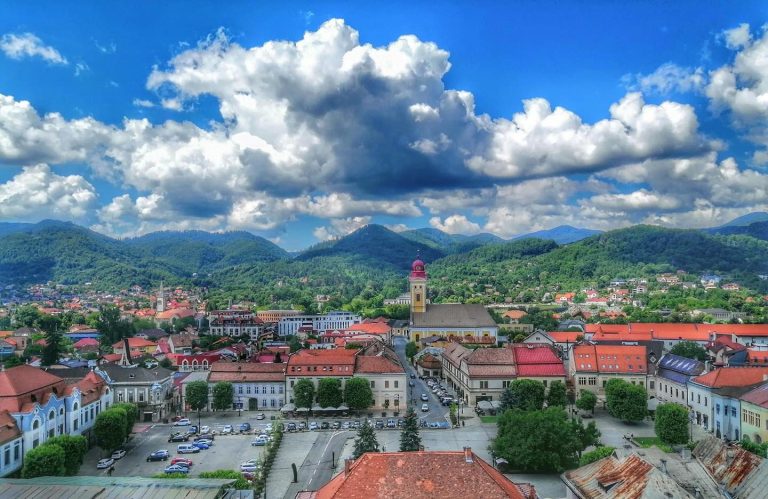As cities become denser they also need to become more effective and liveable. Open data can be a great starting point for many actions that a city may take to improve services and living conditions for its citizens. Below are some policy areas where open data can be of great help for authorities and people.
Public health
Cities can make restaurant inspection data public, which allows people to check the food rating of the restaurant they are planning to visit. Similarly, food delivery services or restaurant review websites like Yelp can also display this data. All this helps people make the best decisions in terms of food safety, and, more importantly, pressures restaurants to have better practices in handling food and authorities to carry out inspections regularly.
Google analyses web searches to detect potential pandemics in real time – Google Flu Trends, for example, monitors searches for typical flu symptoms for specific locations and periods of time, which could predict possible epidemics and warn authorities that they may need to prepare for them. Social media can also be monitored in an interesting way to reveal potential endemics or health habit patterns, including exercise or drug and alcohol use – information that people may share online, but not with their doctors.
Traffic
Open data reveal valuable information about many aspects of traffic, for example by finding the most accident-prone intersections in a city. Authorities can then either warn people by installing signs or even redesign and rebuild those intersections to make them less dangerous. Traffic data can also help municipalities create smart traffic lights by analysing where congestions form and how they may be redirected to reduce time spent at red lights.
Taxi pick-ups and drop-offs can also be monitored in order to create more efficient systems – Assaf Biderman presents an analysis of New York taxi data which allowed researchers to find that the number of cars could be reduced by as much as 40% and still keep the level of service required for the city, by creating a rideshare system where people are unlikely to be dropped off more than 50 meters from their usual destination. They found that a similar number of people take rides between two given locations, so it would make sense for some of them to share their rides.
Transparency
Citygram is a tool used in some US cities to keep citizens informed about issues in their community, by monitoring open data streams and sending emails and texts to people. It includes information about emergency calls, permits, code violations, etc. There are also apps that centralise citizens’ complaints about various issues in their city and try to pressure authorities to take action to resolve them, like Civic Alert in Bucharest, Romania, which also regularly informs its users about the status of their requests.
Demographics and migration
GPS data can show patterns in migration and the formation of social clusters in cities, allowing municipalities to trace them and find out what exactly attracts people to certain areas during specific periods of time, identifying economic, social or other reasons why people move around. By observing these movements they can take measures either to prepare an area for higher density or prevent it from becoming too congested by redirecting certain interest points to other areas.
Data can also be used to analyse unemployment quicker than official government bodies release their analyses on the matter – social data revealed unemployment trends in the US and Ireland a few months before official reports came out with the same conclusions.
Sources: iadb.org 1, 2, city-journal.org, DLDconference
Photo: news.microsoft.com







